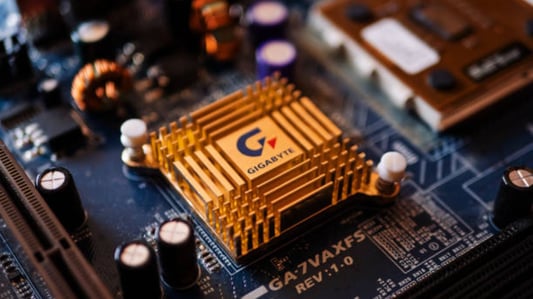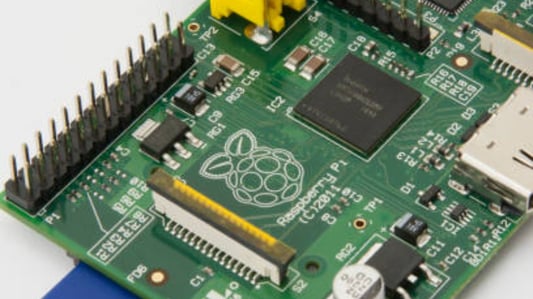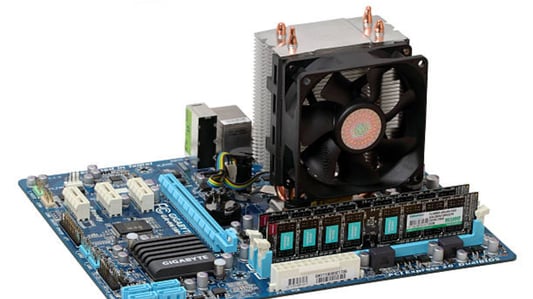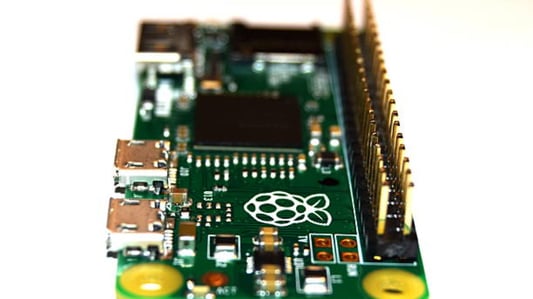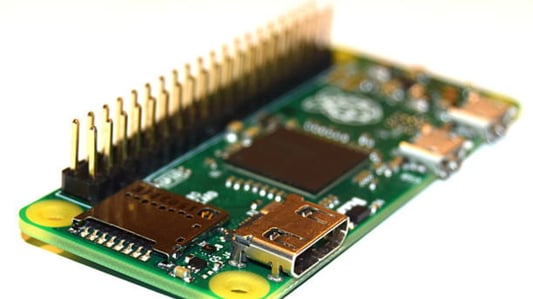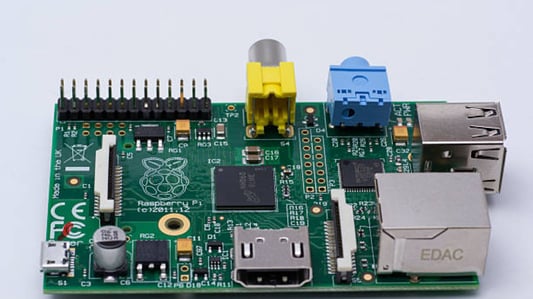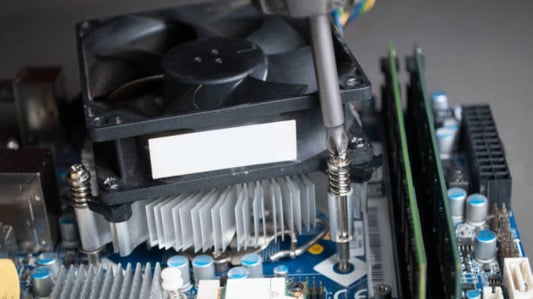What is a Heat Spreader?A heat spreader is a device used to evenly distribute heat across a surface, typically found on a computer processor or GPU. It is made of a highly conductive material, such as copper or aluminum, and is designed to absorb heat from the source and spread it out over a larger area to dissipate it more effectively.What is a Heat Sink?A heat sink is a passive cooling system that absorbs and dissipates heat away from a component to prevent overheating. It is typically made of metal, such as aluminum or copper, and relies on conduction and convection to transfer heat away from the source and into the surrounding environment.Material CompositionOne key difference between a heat spreader and a heat sink is their material composition. Heat spreaders are typically made of a single, solid piece of metal, while heat sinks often have fins or other structures to increase surface area for better heat dissipation.FunctionalityHeat spreaders are designed to evenly distribute heat across a surface, while heat sinks are specifically designed to absorb and dissipate heat away from a component. Heat spreaders are more effective in spreading heat out, while heat sinks are more effective in moving heat away.ApplicationsHeat spreaders are commonly used in electronic devices like CPUs, GPUs, and RAM modules to ensure even heat distribution. Heat sinks are found in a wide range of electronic devices, including computers, TVs, and smartphones, to prevent overheating and extend the lifespan of components.EfficiencyIn terms of efficiency, heat spreaders are more effective in spreading heat across a larger surface area, but heat sinks are more effective in dissipating heat into the surrounding environment. Both work together to maintain optimal operating temperatures for electronic devices.Size and DesignHeat spreaders are generally smaller and more compact, as they are designed to fit directly on top of components like processors. Heat sinks are larger and may have intricate designs with fins or heat pipes to increase surface area and improve heat dissipation.Cost and ComplexityHeat spreaders are often cheaper to produce and are simpler in design compared to heat sinks, which can be more complex and costly due to additional features like fins, heat pipes, or fans. The choice between the two often depends on the specific cooling requirements of the device.Effectiveness in Heat DissipationWhile both heat spreaders and heat sinks play crucial roles in thermal management, heat sinks are generally more effective in dissipating heat away from components due to their larger surface area and convection-based cooling. Heat spreaders are essential for heat distribution but rely on heat sinks for efficient heat dissipation.Final ThoughtsIn conclusion, heat spreaders and heat sinks serve different purposes in thermal management, with heat spreaders focusing on heat distribution and heat sinks on effective heat dissipation. Understanding the differences between the two can help in choosing the right cooling solution for electronic devices to ensure optimal performance and prevent overheating issues.Quote InquiryContact us!


